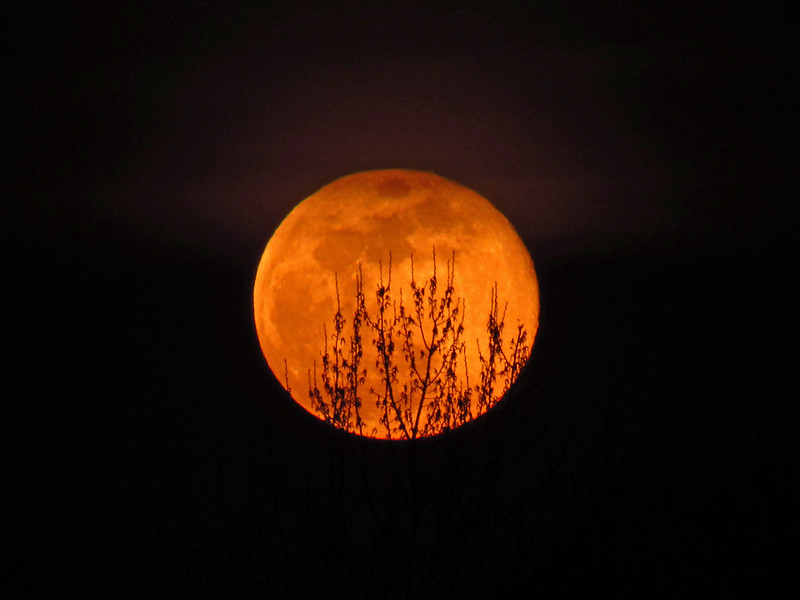
ICYMI: there was a “super blue moon” in August 2023. But what is a super blue moon? Well, you’re really asking five questions there…
What is a blue moon?
A blue moon is when you have two full moons in the same month OR when you have four in the same season (and the third one is denoted as the blue moon). Blue moons aren’t named as such because of their colour (sadly!) and it’s unclear why that choice of colour was used although some claim the moon might have appeared in that hue in the past.
How rare are blue moons?
You may recognise that term as a part of an English language phrase “once in a blue moon” to describe something happening rarely. While blue moons sadly aren’t blue in colour, they are still a rare occurrence usually happening only once every 2–3 years (according to Royal Museums Greenwich).
What is a super moon?
Now, a super blue moon is when the Moon is at its closest point to the Earth at the same time as a full Moon.
So… what is a super blue moon?
A super blue moon is when you get two blue moons in the same month OR you get four in the same season and the third of those four moons happens to be orbiting at its closest point to the earth. Phew!
How rare are super blue moons?
Sad news is if you missed this one, you won’t see another one until 2037, which is the same year that we’ll see two blue moons. Oh cosmos, you are spoiling us!
Now that you’ve got all that information, here’s what the media said about this rare celestial event:
- Is It a Super Blue Moon or a Blue Supermoon? (Atlas Obscura)
- Blue Moon: What is it and when is the next one? (Space.com)
- The Next Full Moon is a Supermoon and a Blue Moon (NASA)
- Blue supermoon: World gazes at rare lunar phenomenon (BBC)
- See The ‘Super Blue Moon’ Rise With Saturn: The Night Sky This Week (Forbes)
- Get Ready For a Rare Double Supermoon: The Last For a Long Time (Science Alert)
- Chasing Chandrayaan and the super blue Moon (European Space Agency)
And here is some more background info about blue moons and super moons:
- Supermoon (Wikipedia)
- 21st Century SuperMoon Alignments (Richard Nolle)
- Discover Super Moon and Micro Moon Dates for Any Year (Moon Phase Today)
- Folklore of the “Blue Moon” (a 1999 article by Philip Hiscock for the International Planetarium Society)
- The Blue Moon of 2013 (Spacedex.com)
In a way, I’m glad I missed it as I have recurring nightmares about the Moon being close to the Earth but it is objectively amazing.
Filed under: Earth outer space the Moon